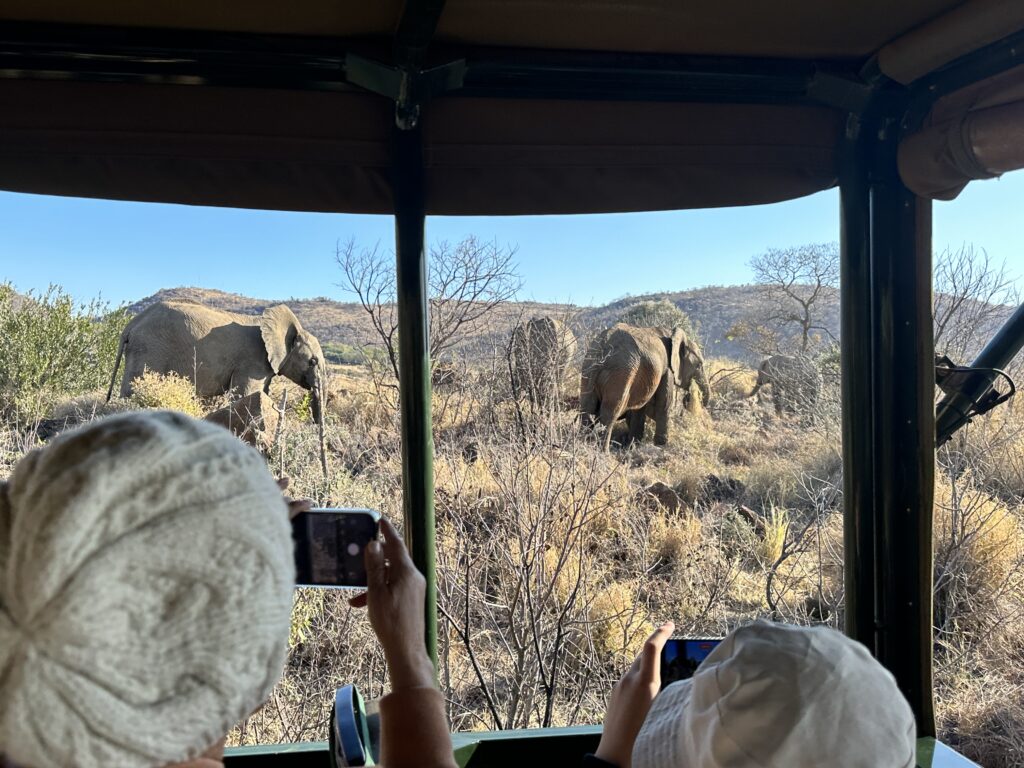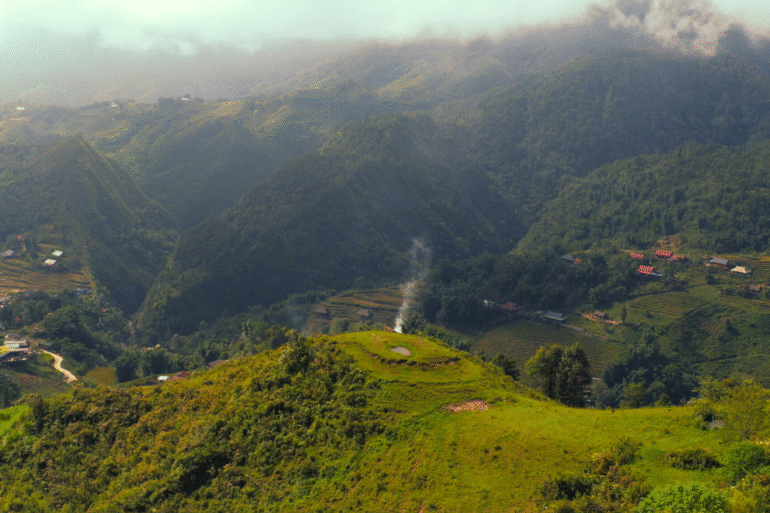Travelers are going beyond the usual touristy activities, curating their trips to include immersive options like outdoor treks, extreme sports, and community building.
From Gen X to Gen Z, the face of travel has changed. Going beyond the usual tourist spots and mandatory sightseeing, modern-day travelers are looking to build more core memories with every destination.
The trend has been growing in popularity in recent months, opening up opportunities for greater immersion into local culture, and inclusion of more physical outdoor activities. This shift has allowed for greater focus on experiential travel—with the intent of making the trip worthy of the memories they come with.

In the 2025 report released by the Adventure Travel Association (ATTA), the demand for adventure travel has grown significantly over the course of the last decade. The key observation is that this kind of traveler is actively seeking out immersive experiences that create an affinity between them and “nature, culture, and place.”
This can run the gamut of outdoorsy activities like trekking and biking on one end, and then move towards more community-driven activities that give them a foothold into local culture. At the core of it is to give the trip a sense of authenticity, driven not only by the activities, but also personal encounters with locals.
In fact, adventure travel is swiftly moving from the exception to the rule in planning itineraries, making up, according to the same report, up to 67% of international travelers. It even gives this demographic of travelers its own much broader description — “open to adventure,” categorizing them as “Adventure Intensives, Nature Enthusiasts, Cultural Explorers, and Experience Samplers.”

An offshoot of this boom in adventure-first or experience-driven travel trend is the rise in inquiries and bookings with smaller tour operators, and community-based outfits. Case in point would be travel websites like getyourguide, Klook, and viator that serve up curated activities, like Vespa tours through the hills of Tuscany to Tempura and Gyoza making classes in Japan, to its customers. Hop on over to Instagram, and accounts like Osaka Food Crawl, which offers food tours across the city, and TourGuideMitra, which specializes in bespoke tours around Europe, can offer a personalized way to see a new place.
The ease of booking these trips online also ups the ante on accessibility for the digital-savvy tourist. An uptick in luxury and bespoke experiences has also been noticed alongside the rise of this trend. Agencies like A2A Safaris offer unique tours across Africa, India, and even Antarctica for those dreaming of taking a once-in-a-lifetime kind of trip! The report infers that companies that hop on this trend gain a significant competitive advantage over agencies that follow a more traditional model.
RELATED STORY: ‘Slow travel’ will be the new norm in 2025
RELATED STORY: Why Gen Z travels differently — and what it means for the industry
This accessibility is also seen as integral to the sustainability of adventure travel. Locally based experiences mounted by small businesses open avenues for a steady income stream for them. From small kitchens offering cooking classes, to guides for a morning trek up the mountain or kayak-rides, to a visit to weavers, the impact is two-pronged for the community. Tourists discover more about the place they are visiting, while its livelihood also grows from additional spend like food and souvenirs. And if they like what they see, the ripple effect from future visits can ensure long-term growth.

The move towards an experience-driven, adventure-first mindset is reshaping global tourism, fueled by the need for that connection and desire for enrichment. For the end user – the traveler – it allows for a trip that is curated according to who they are. The kind that one comes home from feeling reinvigorated, enriched by potential core memories.
For the tour operators and the communities at these destinations, it’s an opportunity to offer truly unique activities woven into the usual sightseeing-driven itineraries. This trend also caters to millennial’s and Gen Z’s need for a personal takeaway in every aspect of their life. To shape their very existence according to all the different things, like the places they travel to, that speak to them the most. With social media such a ubiquitous part of everyday life, these ‘adventures’ also allow them to share a unique POV, aside from the usual vacation photo dump.








